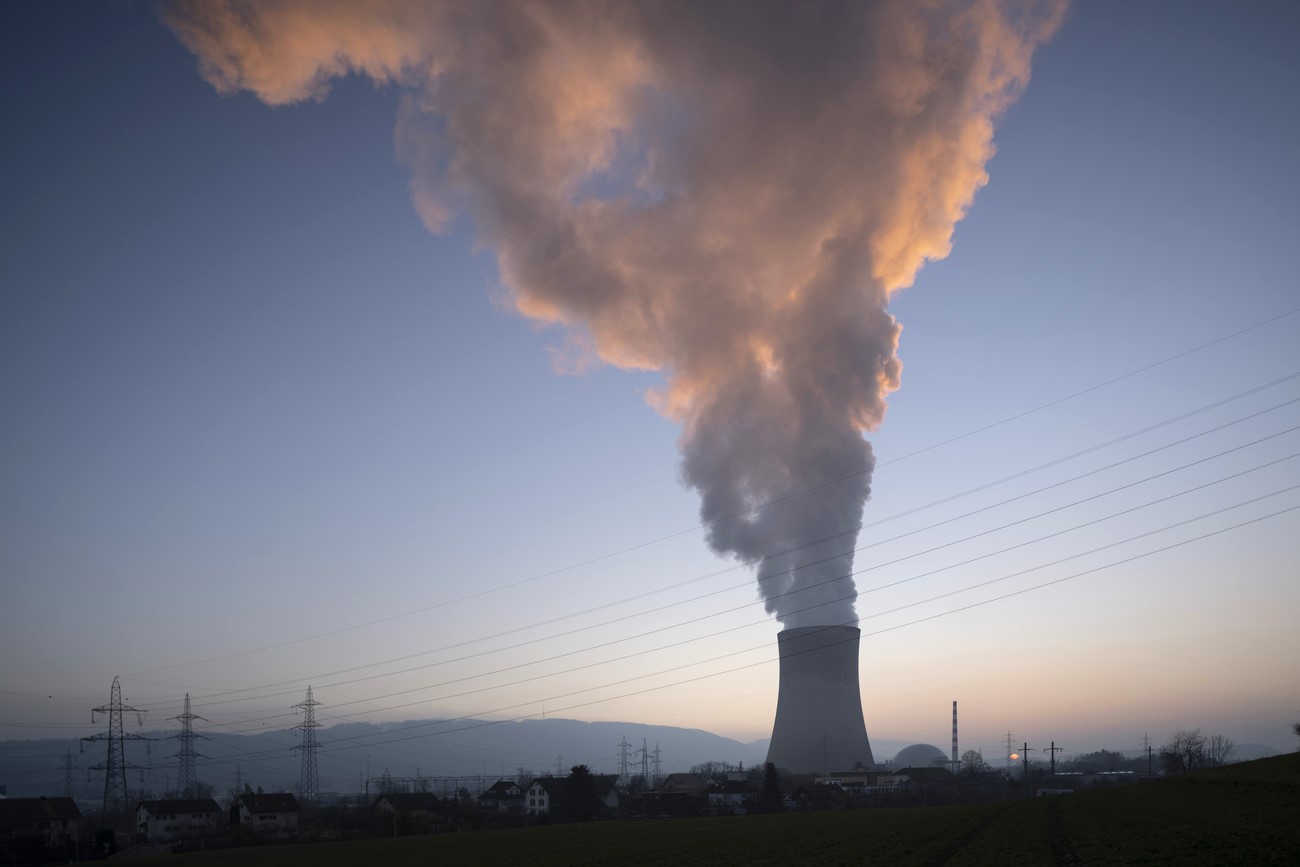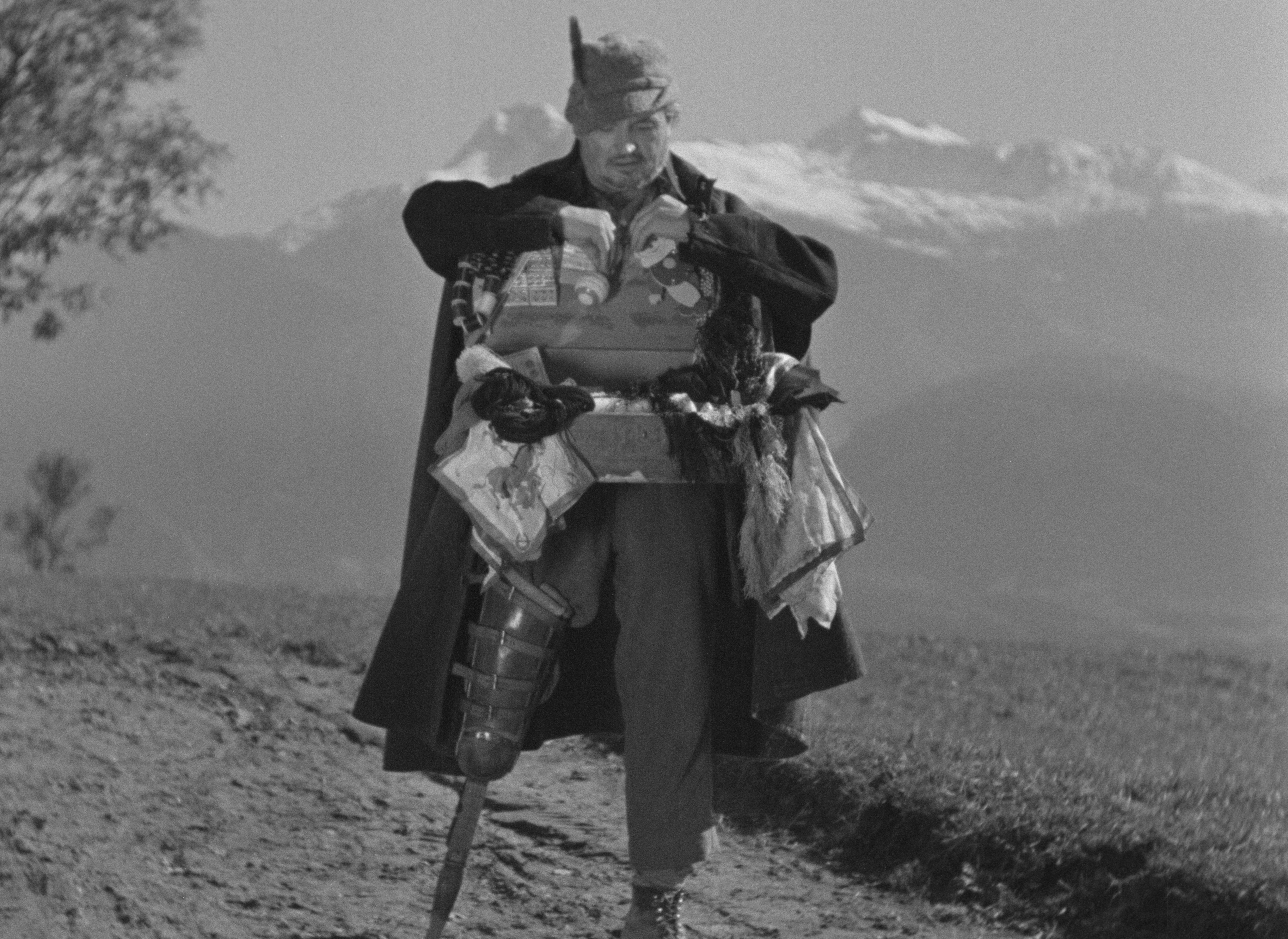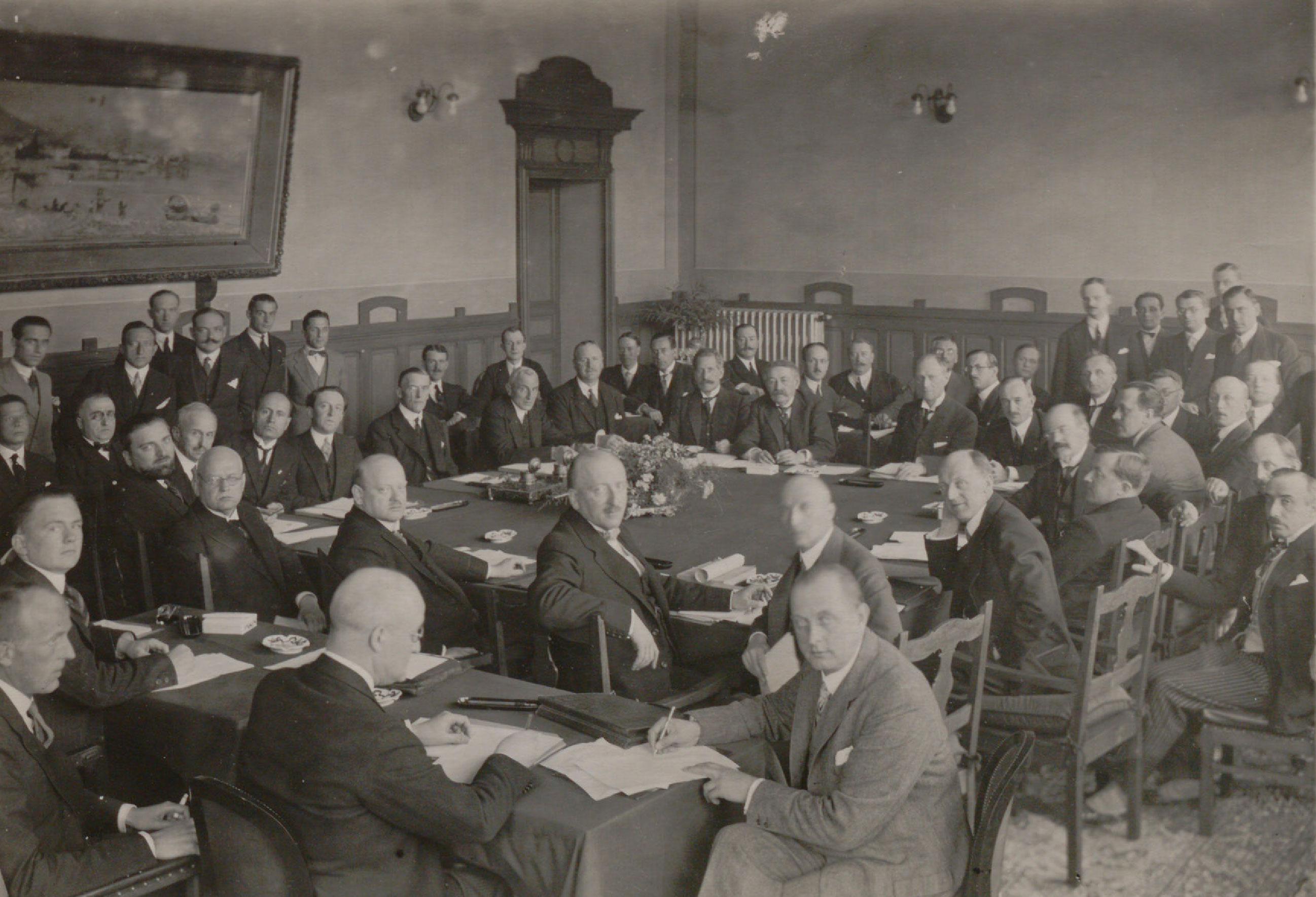
Driving through Switzerland on rails – sweaty but successful

Two months after its introduction, Switzerland's scheme transferring transalpine trucks to rail is slowly luring lorry drivers away from the road. However, the programme is not as environmentally sound as expected.
Hupac, a Swiss company sub-contracted by the Swiss federal railways, operates the scheme between Freiburg, 40 kilometres north of the Swiss border in Basel, and Novara, in Italy, 410 kilometres to the south. Five trains a day carry a maximum of 170 lorries across Switzerland in both directions.
“The good thing is that the wares in my truck moved while I was asleep”, says Salvatore Marchesi, a sturdy driver from Milan, as he prepares to guide his 40-tonne lorry from a low platform railway wagon on to a ramp at the Hupac terminal in Freiburg, southern Germany. It is 7.30 in the morning in August, and the weather is already hot.
He gestures that his throat is dry, a sentiment repeated by other drivers who all yearn for drinking water, a cool shower, and a cup of coffee. “I’ve been in this trade for 20 years”, Marchesi adds with an apologetic laugh, “and to be honest – with this heat, I prefer to drive”.
Railway officials hail the scheme, designed to roll back the terrain lost to decades of unimpeded road transportation growth, as a success. “We expected to operate at two thirds of our capacity”, says Carlo Degelo, director of RAlpin, a joint venture of public railway utilities created to operate the scheme. “ln fact, we’re already at 74 per cent.”
Environmental sense
Nonetheless, the insistence by Degelo and others that the scheme not only makes environmental sense, but is also good business for transport companies, is strangely at odds with overall demand figures. Even when the service is expanded and improved as planned, it will capture only five per cent of the total goods traffic transiting the Swiss Alps.
Pons Timmer, a self-employed Dutch driver who operates different routes between his country, Germany and Italy, says it’s cheaper for him to pay road dues and other expenses for driving through Switzerland than to pay the €505 (SFr770) which the Hupac ticket is costing him.
Timmer says he only took that night’s northbound train, leaving Novara at around 21.30, “for exceptional reasons only”.
A more sobering sight for the environmentally-minded is the thousands of truck drivers who seem prepared to get stuck regularly in tailbacks around the Gotthard tunnel on the A-2 – Switzerland’s main north-south motorway transiting the Alps.
Police in canton Uri, close to the Gotthard, again resorted this week to ordering lorry drivers to wait on the motorway’s hard shoulder in an attempt to keep holiday traffic flowing. Tailbacks of five kilometres and more built up quickly at several places along the route.
At the same time, the 11.15 southbound Hupac train from Freiburg to Novara was less than half full, with 8 of 17 drive-on wagons loaded.
“Transport entrepreneurs aren’t calculating their costs properly”, says Rudolf Haag, head of the agency which operates the Freiburg terminal on behalf of Hupac.
Incurring hefty fines
He is convinced that drivers can save money by using the facility. And he says that those who reject the option do so out of ignorance, personal preference, or because drivers and their employers are contravening rest-time regulations despite the risk of incurring hefty fines.
Haag outlines the calculations each driver should make: “If he’s got a 40-tonne truck and he’s driving through Switzerland sitting at his wheel, he pays SFr300 in road tax, plus SFr70 for the heavy load permit, plus SFr40 in customs formalities, which he can save if he rolls with us, plus around SFr150 in fuel.”
The total of SFr560, Haag agrees, falls short of the Hupac ticket of SFr580 for a day and SFr770 for an overnight trip. But he says the main advantage of the scheme for transport companies comes from savings on “invisible” costs. The wear and tear of a lorry on the 350-kilometre road stretch between Basel and Chiasso amounts to SFr250.
In addition, drivers can clock up compulsory rest time while sitting or sleeping in the Hupac saloon car during the nine-hour train trip. European Union(EU) regulations stipulate that drivers must have at least 10 hours rest per day.
The Swiss government introduced a road tax for goods traffic at the beginning of this year as part of a bilateral agreement with the EU.
Ban on trucks
Brussels also accepted Switzerland’s ban on trucks travelling overnight. In return, Switzerland agreed to offer subsidised services for transporting trucks on rail.
Jeff Harmycz is one of the lorry drivers who has taken to the trucks-on-rail scheme. “It saves us money, and I get to Italy and back on one tank of cheap fuel bought in Luxemburg. What’s more, I get enough rest time to stay well within the law.”
Harmycz, who is 36 and from Britain, transports chemicals on his southbound journeys and groupings – commissioned assortments of goods – on the way back. He says his company is also satisfied with the scheme: “My boss is happy because I can do one weekly round trip to Italy more than before”.
Harmycz is not alone. Haag knows many “logistical artists in [Germany’s] Rhine-Main region now manage to do three round trips to Italy per week – that would be impossible without us”.
One driver interviewed on the late morning southbound train from Freiburg to Novara had driven from Antwerp, in Belgium, that night. “This evening, I hit the road and arrive in Rome tomorrow”, he said while putting his own clean sheet across the foam rubber mattress of his bunk in the Hupac saloon car to prepare for a round of well-earned daytime sleep. He didn’t even seem to mind the heat, eased somewhat by a breeze from the open window.
Trucks-on-rail scheme
Haag and Degelo say demand for the trucks-on-rail scheme is bound to increase when more transport operators get to know about it and understand the economics involved. A discreet public relations campaign aimed at transport associations in Germany, the Benelux countries and Scandinavia is currently underway.
“But we will never be able to convince everybody”, Degelo admits. One reason, he says, is that the much talked about issue of tailbacks on Switzerland’s A-2 motorway isn’t perceived as a problem by many lorry drivers. “Drivers are used to tailbacks and long waiting periods along the roadside in every major EU country”.
A policy of only carrying trucks by train does not serve Switzerland’s longer-term interests. “In the long run, the emphasis is on shipping goods through Switzerland unaccompanied – that is without the lorries”, says Degelo.
With the planned completion of a railway tunnel through the Lötschberg in 2007, the Swiss government hopes to improve the competitiveness of railways when it comes to goods transport. The system should then be able to transport one million lorry units of transit goods by rail annually; compared to the trucks-to-rail scheme which may account for no more than a third of that total.
To expand the scheme from the current 40,000 lorries annually to a preliminary 105,000 next year, two more pairs of trains (a pair consisting of one train in each direction) will be introduced next month. By May 2002, 11 pairs of trains should operate, enabling RAlpin to offer a regular service at two-hour intervals.
Government subsidies
That should also reduce the company’s dependence on government subsidies, which currently stand at SFr450 per lorry. And if everything goes according to plan, RAlpin should begin making a profit five years from now.
The more immediate focus, however, is on short-term problems, particularly the hot August weather. Drivers complain that the saloon car is not equipped with air conditioning, that they cannot buy drinks during the nine-hour journey, and that toilets often run out of water.
“You go to sleep wringing out your shirt, and you wake up wringing out your shirt”, says a German driver, Heinz Tiedel. “Even the Italians complain – that’s when you know it’s seriously hot”.
RAlpin’s Degelo offers some consolation. He hopes to introduce a free catering service on the route – in Spiez, canton Bern – in September. As for improved comfort, new saloon cars will be introduced in January – although, he says regretfully “probably without air-conditioning”.
by Markus Haefliger

In compliance with the JTI standards
More: SWI swissinfo.ch certified by the Journalism Trust Initiative


































You can find an overview of ongoing debates with our journalists here . Please join us!
If you want to start a conversation about a topic raised in this article or want to report factual errors, email us at english@swissinfo.ch.